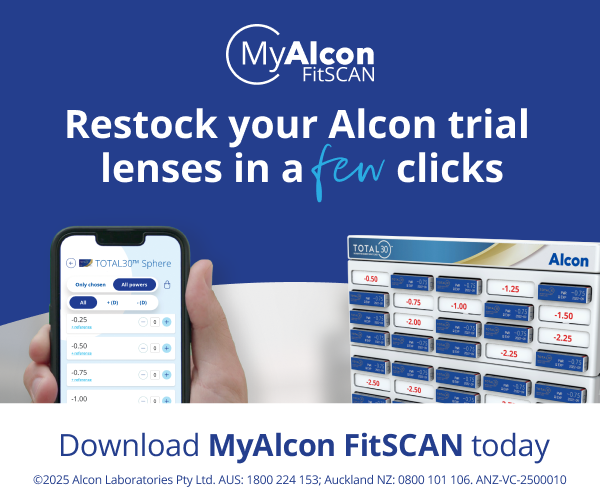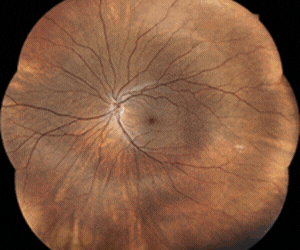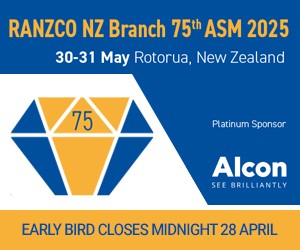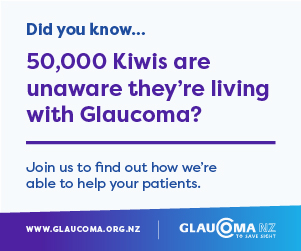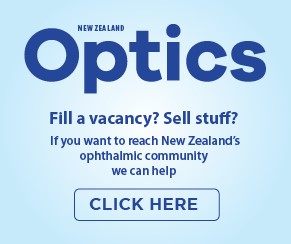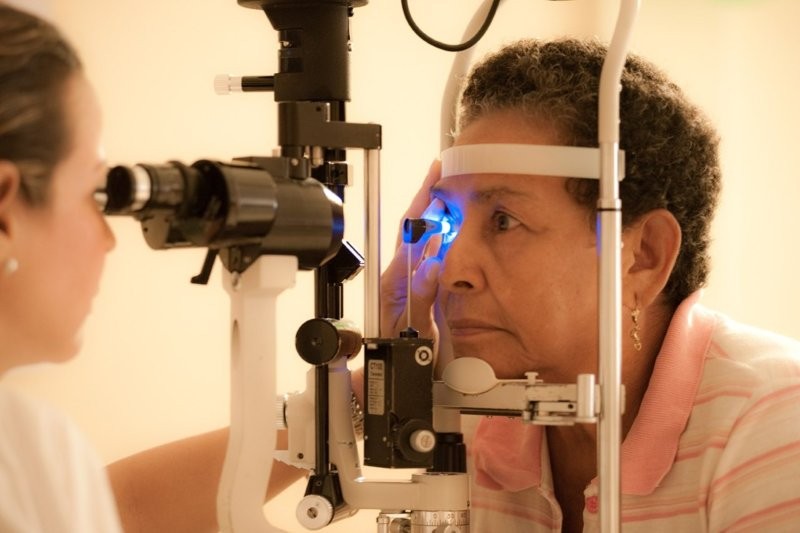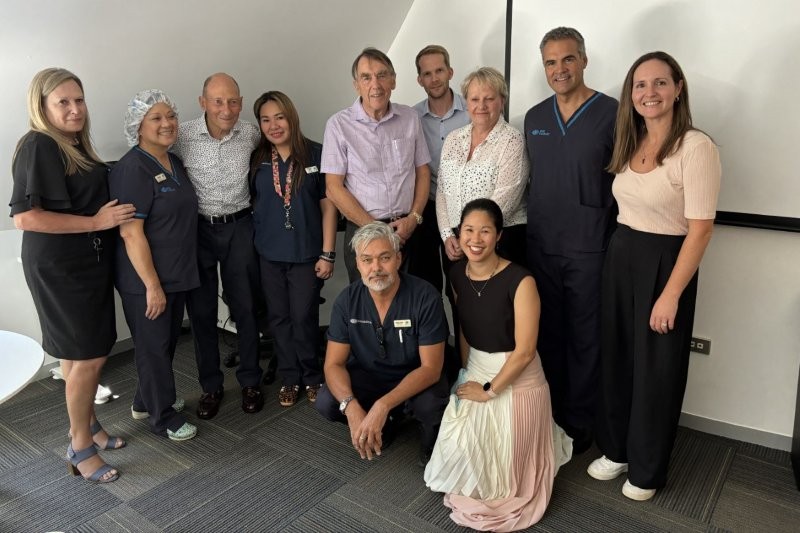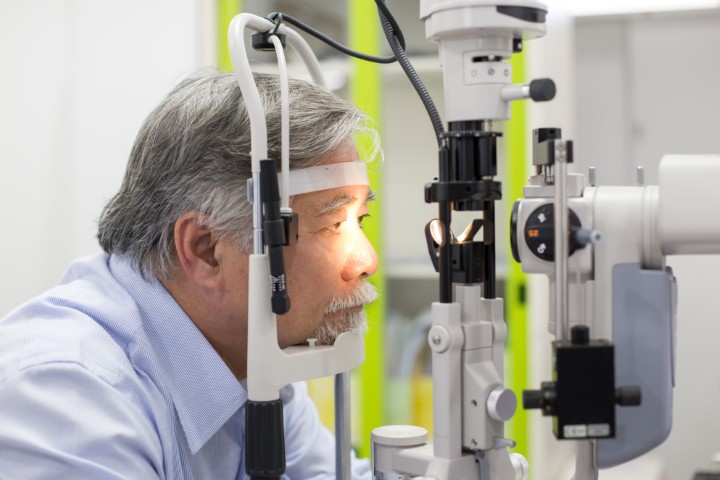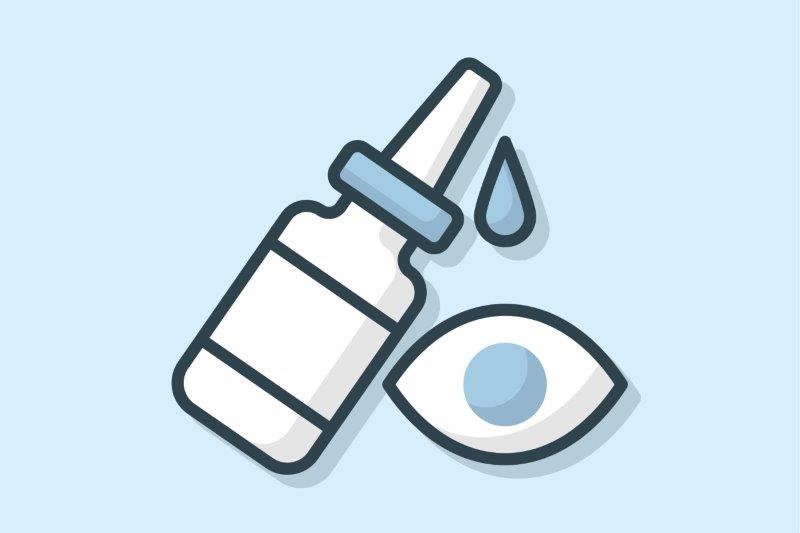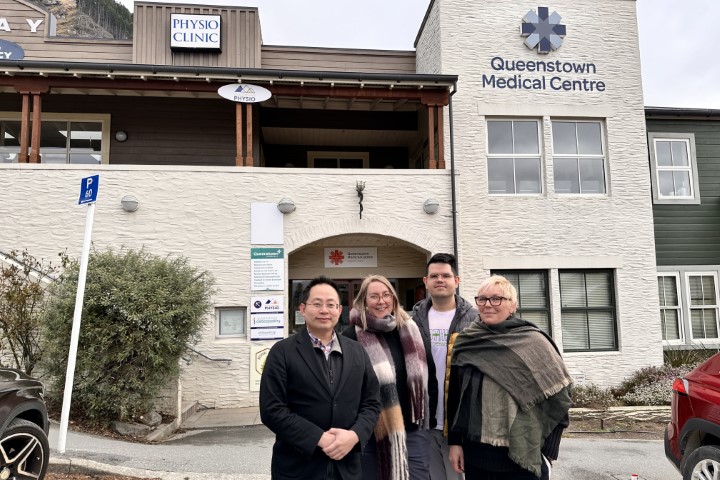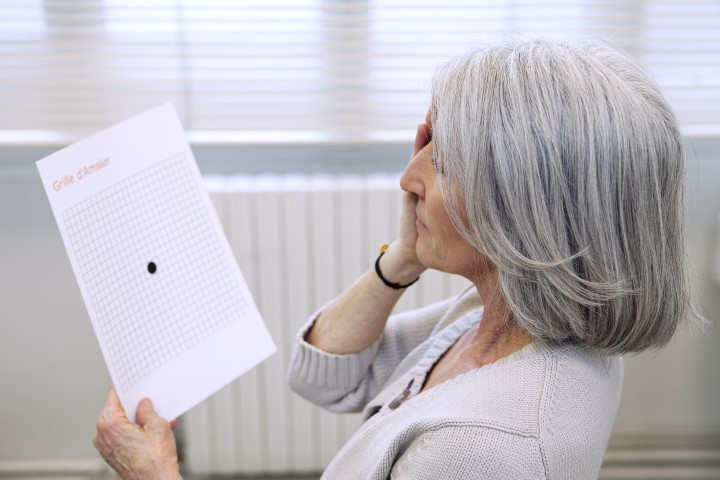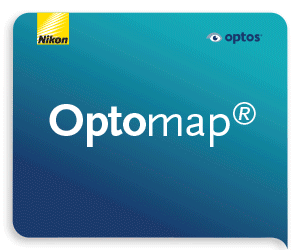A sustainable and inclusive eye health delivery model for Aotearoa
New Zealand’s population aged 65 years-plus is estimated to increase by 30% over the next 50 years1. This will lead to an increased demand for eyecare, along with the associated economic and healthcare costs. In anticipation of this, myself, Associate Professor Graham Wilson and Dr Sheng Chiong Hong evaluated the New Zealand eyecare delivery model using the package of eyecare interventions (PECI) developed by the World Health Organization and compared this with other selected Organisation for Economic Co-operation and Development countries (Australia, UK, Canada, Belgium, France and Germany). In particular, we summarised current screening programmes in New Zealand:
- Preschool screening - Childhood screening at birth with retinopathy of prematurity (ROP) screening.
Over the last 10 years, on average, 82% of New Zealand’s neonates meeting the screening criteria were screened and 7.5% had greater than or equal to stage three eye disease2. When a child turns four years, they are screened by visual technicians as part of our national preschool screening programme (B4SC). We are achieving coverage rates up to 92%. Approximately 7% of children are referred to tertiary services for further vision assessment3. Both coverage rates are comparable to those of the countries reviewed. Among them, New Zealand is the only country with a national preschool vision screening programme.
- School-age screening - New Zealand is also unique in that we screen our children at Year 7 as part of the National Vision and Hearing Screening programme.
- Diabetic screening –- New Zealand has national diabetic retinopathy (DR) screening with systematic referral guidelines. However, there are variations in screening models across regions, with known regional and ethnic disparities. Reported rates of attendance range from 30–74%4. This is in comparison with the UK’s National Diabetic Eye Screening (DES) programme, which has consistently achieved an uptake rate above 80% since 20145. The NHS has GP2DRS (general practice to DR screening) – a system that automates the sharing of patient information between general practices and local diabetic eye screening programmes. Notably, New Zealand does not have a national registry of patients with diabetes to help direct eligible patients for periodic screening.
Paucity of available data
As a nation, we have relatively comprehensive screening programmes. However, our review identified a paucity of publicly available data in Aotearoa for eye health expenditure for screening and treatment (eg. intravitreal injections). It is difficult to objectively assess how well we are doing in terms of cost effectiveness due to that lack of data, especially costs associated with establishing a screening programme, pharmaceuticals and personnel.
For the other countries reviewed (Table 1), we estimate the total eye health expenditure for screening programmes alone, not including societal costs associated with specific eye disease, constitute less than 0.1% of their governments’ health expenditure. This is a small cost to the country in view of the preventable long-term costs associated with eye disease. For example, since the introduction of diabetic eye screening in the UK from 2010, DR is no longer the leading cause of blindness among British working-aged adults for the first time in five decades6. In line with the success of intravitreal injections for age-related macular degeneration, diabetic macular oedema and retinal vein occlusion, we expect costs to the healthcare system will continue to increase over time.

Table 1. Summary of eyecare screening programmes and expenditure
Strengthening our delivery model
New Zealand does not have a national health strategic plan for public eyecare and is one of only a few developed countries which doesn’t have any form of financial structure designed to support under-resourced older adults in accessing primary eye health services. Thus there are six main areas we need to work on to develop sustainable and efficient eyecare delivery in New Zealand: governance, access, timely delivery of care, workforce, finance and information.
The initial step would be to establish a national register for our screening programmes, with capacity for image sharing. This will allow us to update national prevalence data, identify gaps in service delivery and barriers to care, inform resource distribution (especially for specialised services such as paediatric ophthalmology) and optimise shared care between tertiary/secondary services and community care providers. Our research group also identified that myopia and keratoconus screening programmes are cost-effective in the New Zealand setting7,8. We are currently piloting keratoconus screening in Gisborne and are hopeful the results from this pilot will encourage the establishment of a national screening programme.
There is still work to be done to improve eyecare service delivery in New Zealand. The eye health workforce and policy makers need to work together to ensure transparency in budget allocation and expenditure, build a sustainable workforce and improve access to eyecare services.
References
- Stats NZ. Aotearoa Data Explorer [Internet]. [cited 2024 Dec 3]. Available from: https://www.stats.govt.nz/tools/aotearoa-data-explorer/
- Australian and New Zealand Neonatal Network. Annual Reports [Internet]. [cited 2024 Dec 5]. Available from: https://www.anznn.net/annualreports
- Richards N, Reith D, Stitely M, Smith A. The Before School Check (B4SC): reporting outcomes and referral rates for all New Zealand children. N Z Med J. 2019 Jun 7;132(1496):9–19.
- Silwal PR, Lee AC, Squirrell D, Zhao J, Harwood M, Vincent AL, et al. Use of public sector diabetes eye services in New Zealand 2006–2019: Analysis of national routinely collected datasets. PLoS One. 2023 May 18;18(5):e0285904.
- NHS England Independent Review of Adult Screening Programmes in England. Report of The Independent Review of Adult Screening Programmes in England. 2019.
- Scanlon PH. The contribution of the English NHS Diabetic Eye Screening Programme to reductions in diabetes-related blindness, comparisons within Europe, and future challenges. Acta Diabetol. 2021 Apr;58(4):521–30.
- Hong CY, Boyd M, Wilson G, Hong SC. Photorefraction screening plus atropine treatment for myopia is cost-effective: a proof-of-concept Markov analysis. Clin Ophthalmol. 2022 Jun:1941-52.
- (2025), Monday 04 November: RANZCO Annual Scientific Congress. Clin Exp Ophthalmol, 53: 56-70.
- World Bank Group. World Development Indicators.
- Hu W, Joseph S, Li R, Woods E, Sun J, Shen M, et al. Population impact and cost-effectiveness of artificial intelligence-based diabetic retinopathy screening in people living with diabetes in Australia: a cost effectiveness analysis. EClinicalMedicine. 2024 Jan;67:102387.
- Crippa J, Flaherty M, Silveira S. Towards a national pre‐school vision screening programme. J Paediatr Child Health. 2022 Jun 28;58(6):948–52.
- Gov.uk. Research and statistics.
- Kanjee R, Dookeran RI, Mathen MK, Stockl FA, Leicht R. Six-year prevalence and incidence of diabetic retinopathy and cost-effectiveness of tele-ophthalmology in Manitoba. Canadian Journal of Ophthalmology. 2016 Dec;51(6):467–70.
- Asare AO, Maurer D, Wong AMF, Saunders N, Ungar WJ. Cost-effectiveness of Universal School- and Community-Based Vision Testing Strategies to Detect Amblyopia in Children in Ontario, Canada. JAMA Netw Open. 2023 Jan 4;6(1):e2249384.
- König HH, Barry JC, Leidl R, Zrenner E. Economic evaluation of orthoptic screening: results of a field study in 121 German kindergartens. Invest Ophthalmol Vis Sci. 2002 Oct;43(10):3209–15.

Dr Chuen Yen Hong is a house officer in Dunedin, actively involved in ophthalmology research with Associate Professor Graham Wilson and Dr Sheng Chiong Hong





